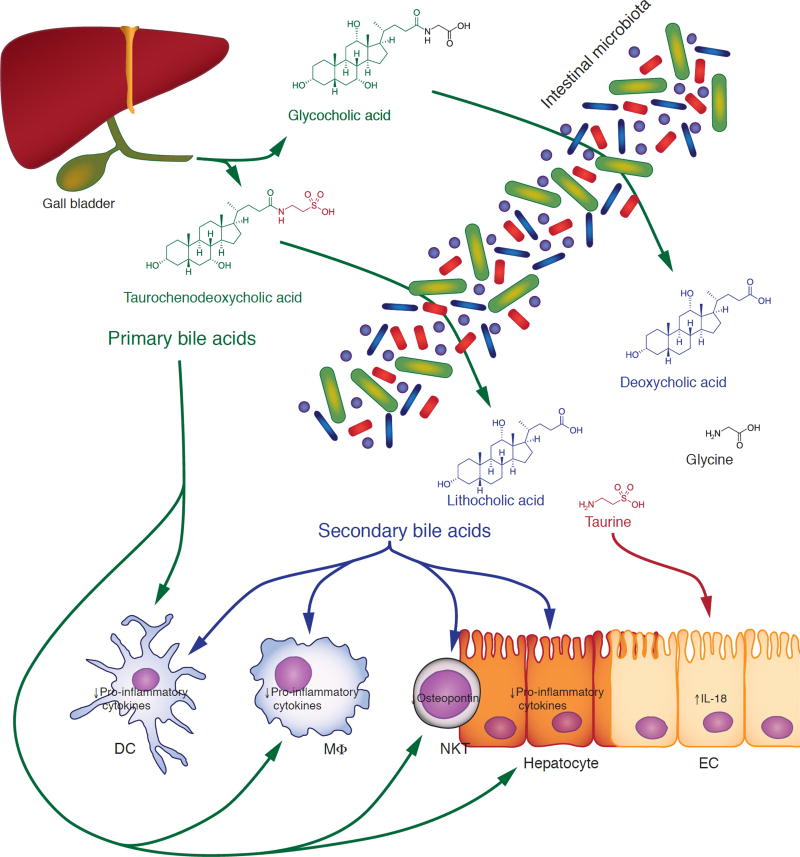Fig. 2. Immunomodulatory function of primary and secondary bile acids.
Primary bile acids (green), such as cholic acid and chenodeoxycholic acid, are synthesized by the host in the liver and conjugated to glycine or taurine before secretion into the duodenum. In the intestinal tract, primary bile acids are converted by the microbiota to secondary bile acids (blue), such as deoxycholic acid and lithocholic acid, through a multi-step process that involves deconjugation and dehydroxylation. Primary and secondary bile acids can inhibit the secretion of pro-inflammatory cytokines by macrophages, dendritic cells and hepatocytes, as well as the production of osteopontin by NKT cells. During the deconjugation process, free taurine (red) is released into the intestinal lumen, where it can promote the integrity of the mucosal epithelium by increasing autocrine production of IL-18. See text for details. DC, dendritic cell; EC, epithelial cell; MΦ, macrophage.

